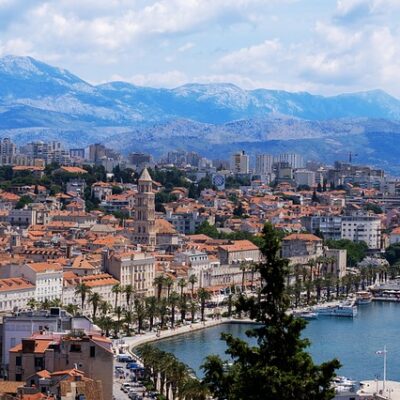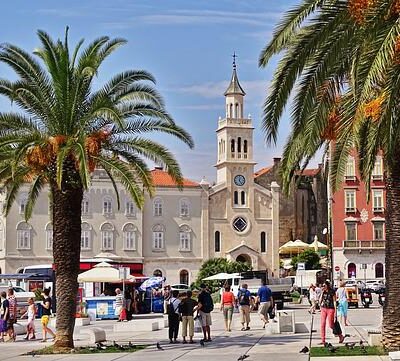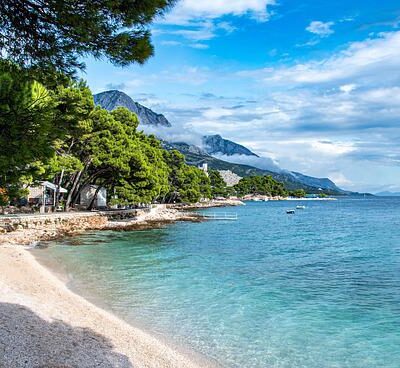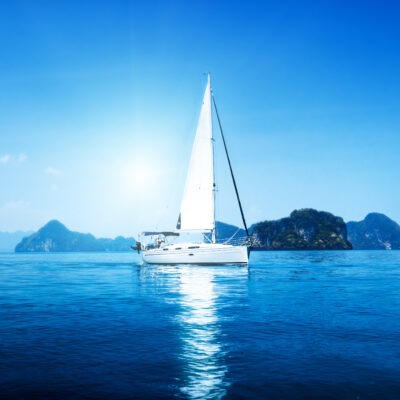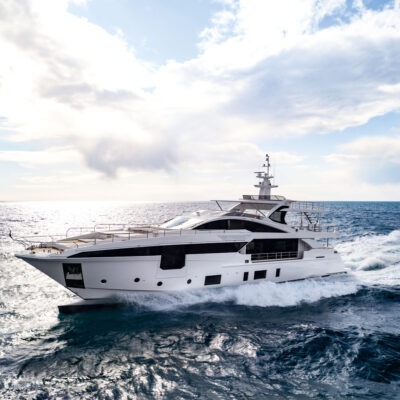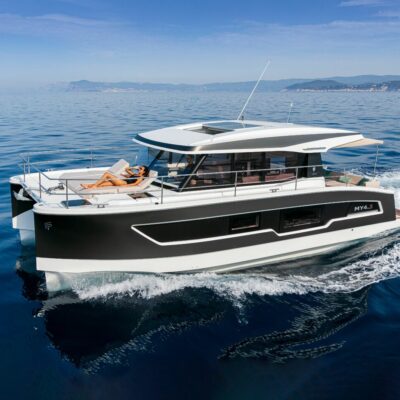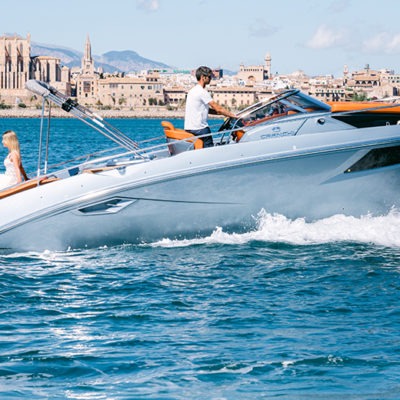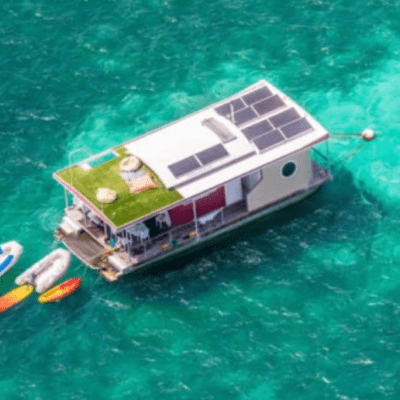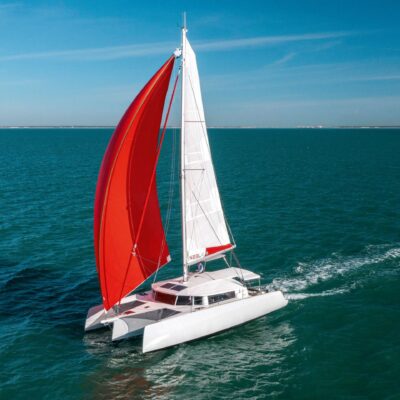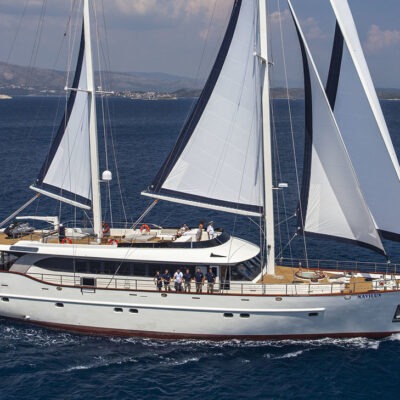Split region

Split
Split is the second largest city in Croatia after Zagreb, the most populous town on the Croatian coast.
The city of Split was founded by Greek settlers then became one of the strongholds of the Roman Empire in ancient times. The palace of Emperor Diocletian has remained in excellent condition, it is definitely worth a look.
Trogir
Trogir is one of the richest cities in the region in terms of cultural heritage, with attractions in almost every street. The old town built on an island was originally an Italian province – built in the 12th century. It is now a UNESCO World Heritage Site.
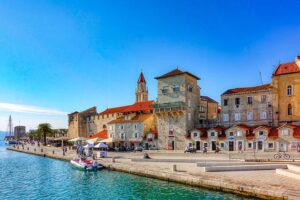
Makarska
Makarska and the riviera named after it are one of the most cozy coastal sections in Croatia. It has beautiful beaches, crystal clear sea water and many attractions.
The promenade along the bay, lined with huge palm trees, is well worth the long walk.
The St. Mark’s Cathedral, located in the city’s main square, is a must-see. Due to the staircase in front of it and the mountains rising in the background, this is one of the special features of Makarska.
Hvar Island
The island of Hvar is located in the eastern part of the Gulf of Split. It is bordered on the north by the island of Brac, on the south by Korcula. The island is a wonderful blend of turquoise bays, lush pine forests, vineyards, olive groves and purple lavender fields with a stunning scent.
The most beautiful town on the island is Hvar town. In addition to the picturesque bay, the Fortica fortress is also a must-see at the top of the mountain.
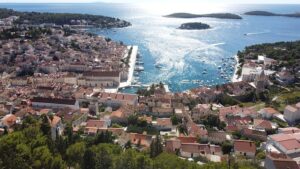
Brac Island
Also known as the island of vineyards and olive trees, Brac is the third largest island in the Adriatic. The beach is pebbly, slowly deepening, but we can also find sandy beaches.
Brac has many opportunities, in the smaller towns like Milna, Supetar or Bobovisca everyone can find out what a real undisturbed holiday is like.
The white limestone mined on the island gained world fame for Brac. Many of the world’s famous buildings, such as the White House, the Reichstag in Berlin or the Vienna Parliament, are made of stone mined here.
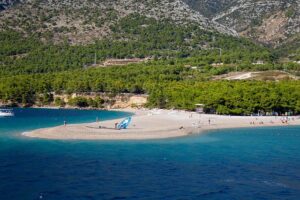
Weather:
The Mediterranean zone on the Adriatic coast is characterized by early spring, not too hot, relatively dry summers, warm but rainy autumns and mild, rainy winters.
The seasonal weather is relatively constant at around 30 degrees Celsius. The sea temperature is around 20-25 degrees Celsius from April to October.
Wind:
The most common wind on the Istrian and Dalmatian coasts is Bora. This mostly dry and cold wind blows in the winter season, with occasional extremely strong bouts.
Jugo is among the winds of spring and fall, so it doesn’t really show up in summertime.
The Mistral is the Adriatic wind of summer, northwesterly and it is typically appears during beautiful and stable summer weather. The Mistral seems to have been created for sailing without maneuvering, because its strength is constant and its nature is foreseeable and mild.
Banking:
The currency is Kuna (Kn). Visa, MasterCard and American Express are widely accepted but you may be charged a service fee if you pay by card.
ATMs are easily found and banks are open Monday to Friday (7:00am to 7:00pm) and Saturday (7:00am to 1:00pm).
Internet:
Getting online is easy with plenty of Wi-Fi spots across independent cafes and restaurants. There are internet cafes in Dubrovnik and in some coastal towns.

 Ask for a free consultation
Ask for a free consultation 